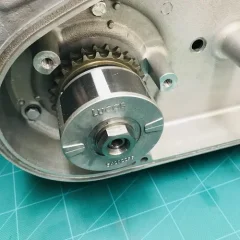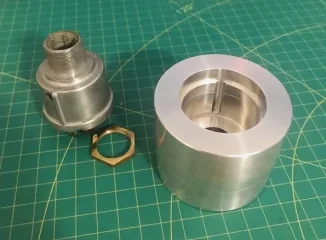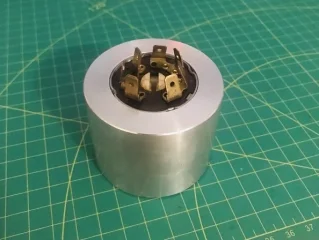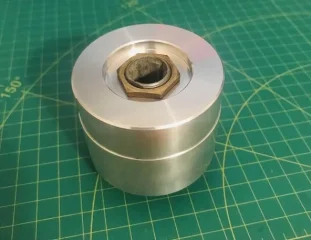Fast Eddie
VIP MEMBER
- Joined
- Oct 4, 2013
- Messages
- 22,698
I’m sure I recall reading on here previously that one manufacturers rotor had this known issue ?
If it’s as tight as you say I don’t see how you can lap with paste as suggested? You’ll force it on… which will force all the paste out… and leave you with a stuck rotor…
If it’s as tight as you say I don’t see how you can lap with paste as suggested? You’ll force it on… which will force all the paste out… and leave you with a stuck rotor…






